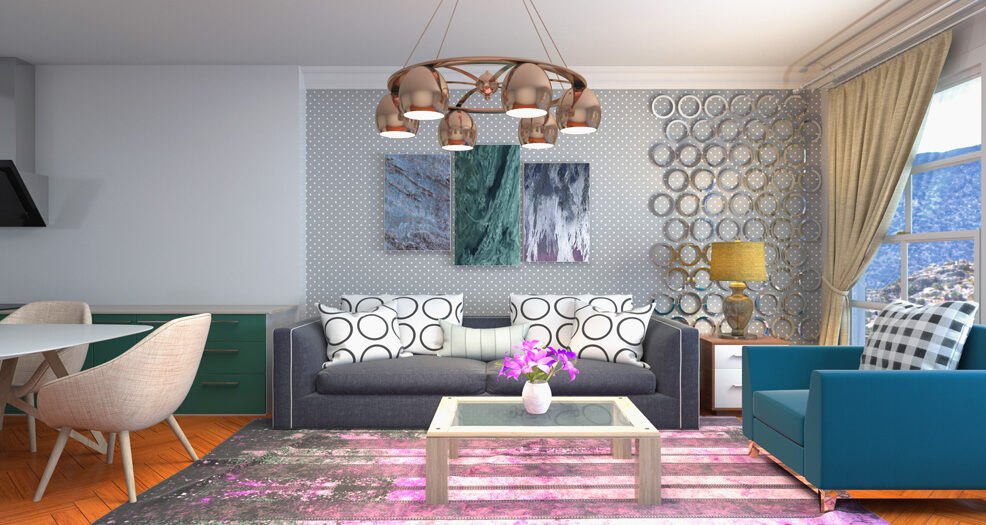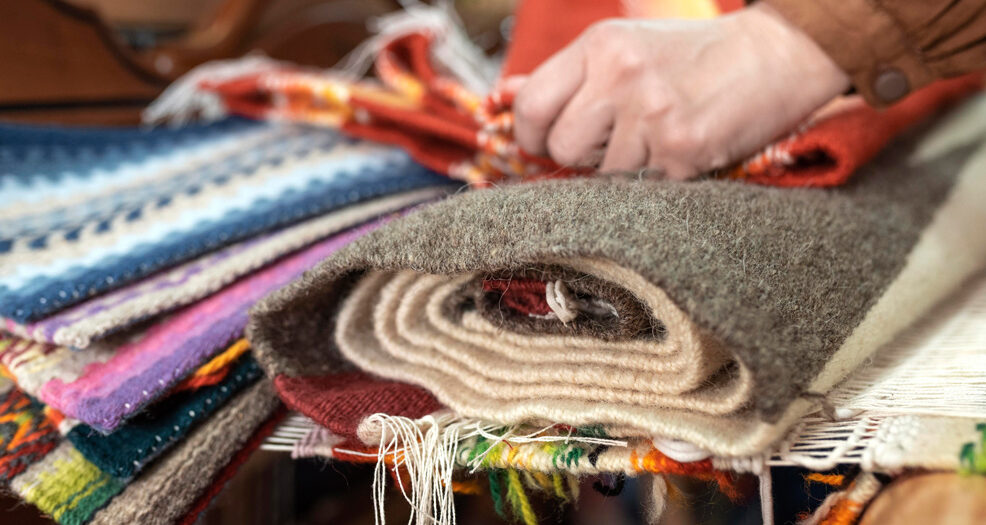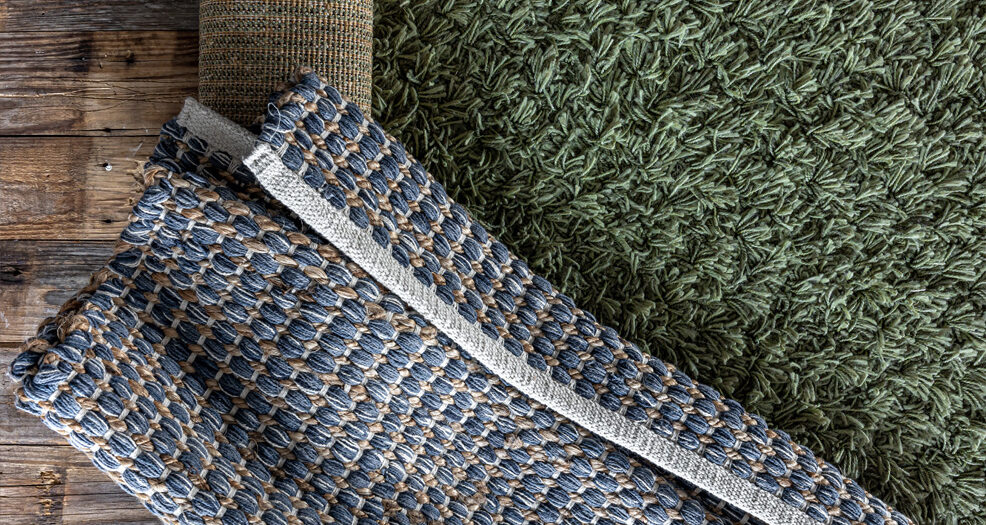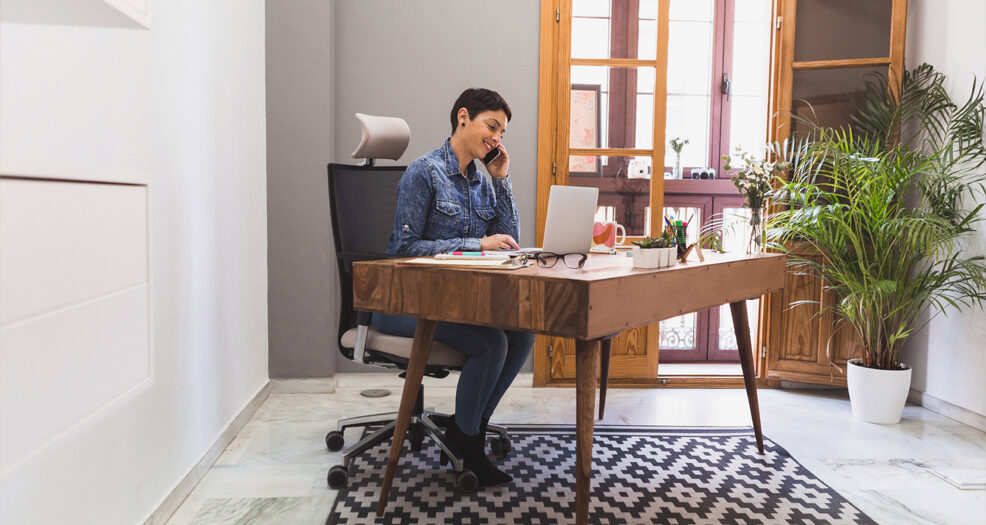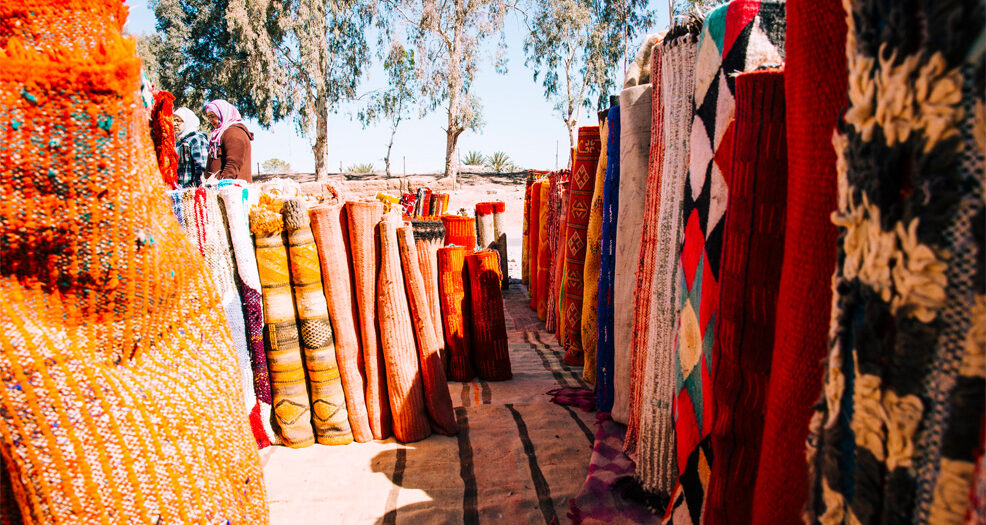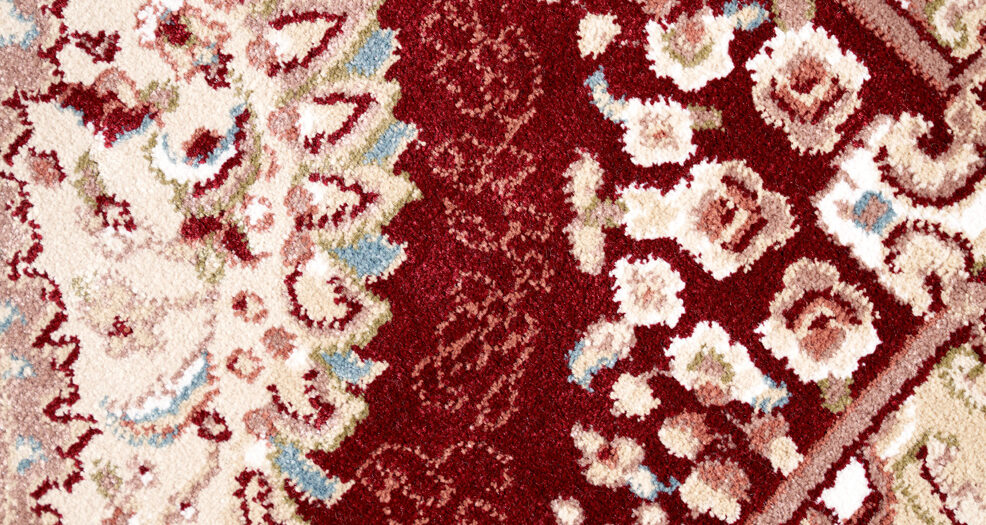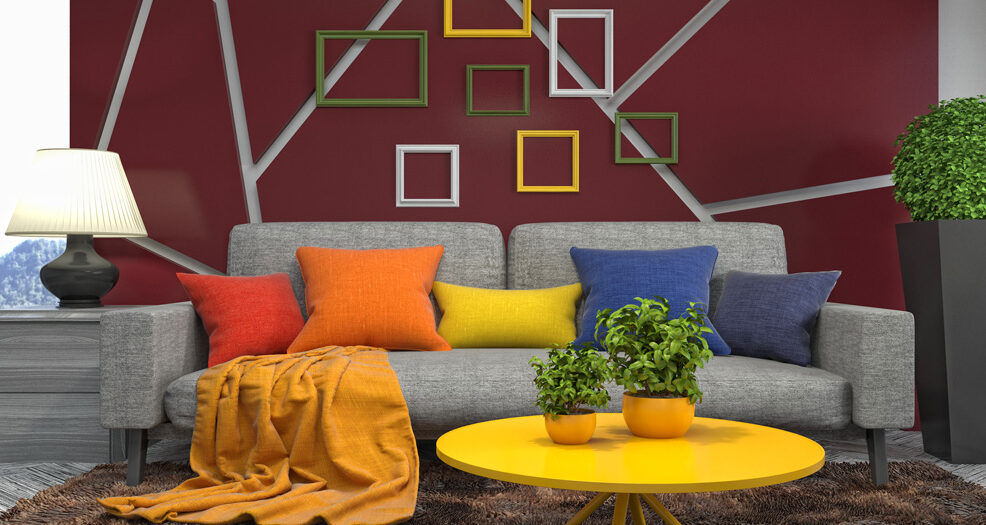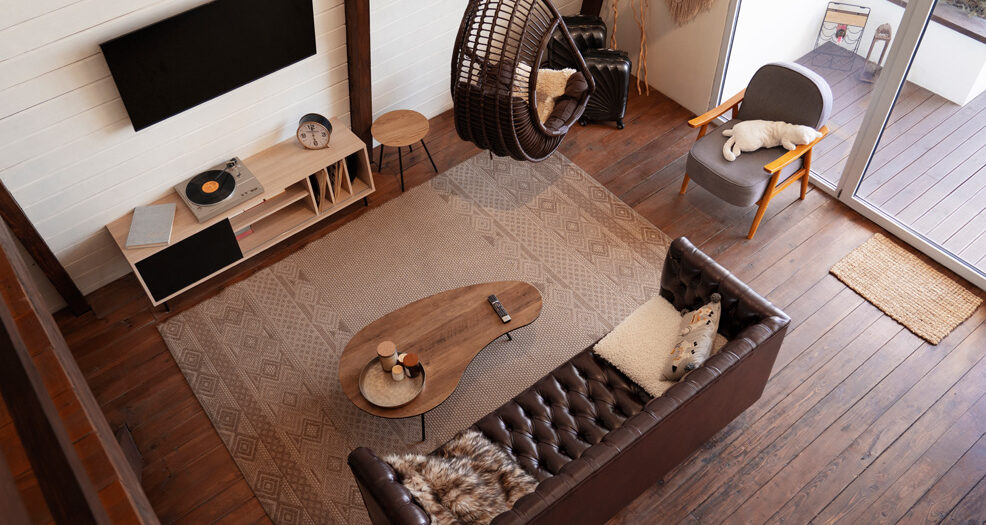Shaping Spaces with Large Area Rugs
Large area rugs play an important role in terms of aesthetics and functionality in indoor spaces. By completing the ambiance of a space, bringing furniture together, and highlighting specific areas, large rugs can make the space more inviting and organized. In this article, we will focus on the effects of large area rugs on space shaping and explore how these significant design elements can be utilized.
Arranging and shaping a space is a critical step in interior design, and large area rugs can play a central role in this process. Especially in wide and open spaces, large rugs can bring the entire room together, creating a cohesive area. This serves an essential function in bringing furniture together and completing the overall look of the room. Additionally, rugs can highlight a specific area of the space, creating focal points that direct the layout and flow of the room.
Large area rugs can also influence the size and feel of a space. Particularly in small areas, using a large rug can make the room appear more spacious and open. Since the rug covers a significant portion of the floor, it can alter the overall feeling of the room, creating a sense of openness and expansiveness. Additionally, large rugs can provide a stronger presence on furniture, helping the room look more balanced and symmetrical.
Furthermore, large area rugs can determine the function of a space. For example, using a large rug in a living room can clearly define the seating area and create an inviting space where guests can comfortably sit. Similarly, using a large rug in a dining room can emphasize the dining table and make the dining area warmer and more inviting. This distinguishes the room's usage and emphasizes its function.
Large rugs can also define the style and character of a space. A patterned and colorful rug can create a focal point in the room and add vibrancy and movement to the space. On the other hand, a neutral-colored rug can complement the room in a calm and balanced manner, creating a harmonious base with the furniture. Therefore, rug selection plays a critical role in determining the overall style and atmosphere of the space.
In conclusion, large area rugs play a significant role in interior design and can be a powerful tool in shaping and organizing a space. In this article, we have examined the various effects of large rugs on space and seen how they can make a space more inviting, organized, and functional when used correctly. Considering large area rugs in the space shaping process is an important step in achieving successful and impressive results in interior design.

